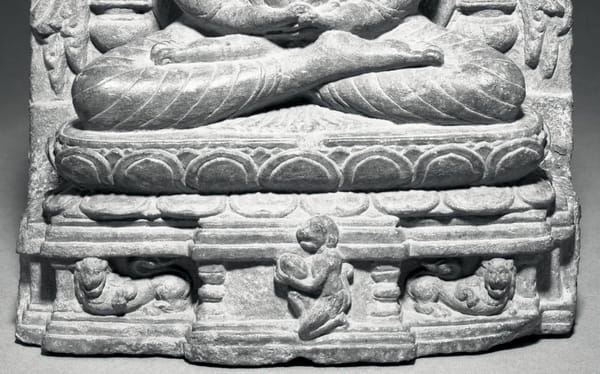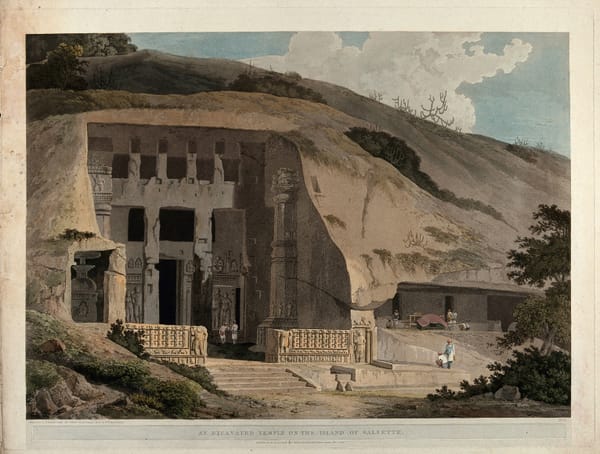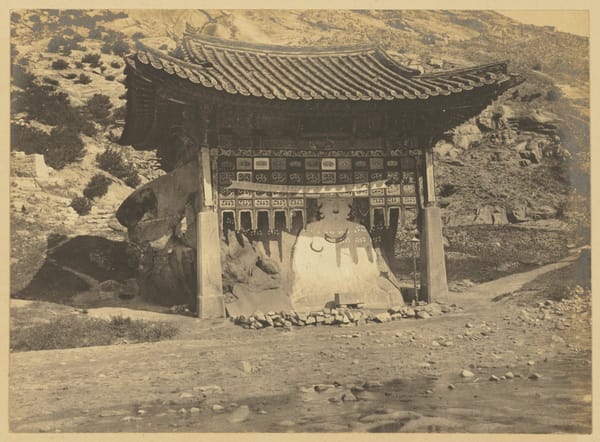drawings that have the form of living creatures
Some time later while Nanda [the reluctant convert] was sitting on a rock day-dreaming about Sundara [the young bride he had relinquished], he drew her picture on the rock." Maha-kasyapa happened to pass by, saw the drawing on the rock, and asked Nanda what he was doing. The answer was, 'Holy one, I am
drawing a picture of Sundara.' He was told, 'O youth, the Buddha despatches his monks to perform two kinds of activities: one, to practise meditation, the other to read and chant. You have given these up to draw a picture of your wife!' [The novice] listened in silence. Kasyapa told the Buddha, who ... said to his monks, 'Nanda in his folly has been thinking of Sundara, and has drawn her picture. That is why a monk must not make a painting; for he who makes one falls into the sin of transgression against the Law.' ... The Buddha said, 'It is permissible to use scented paste and spread it where you will; but you cannot make drawings that have the form of living creatures without falling into the sin of transgression against the Law. If you draw corpses or skulls, however, there is no offense.'
Note: Quoted from Kên-pên Shuo I-ch'ieh Yu Pu Pi-na-ya Tsa-shih, XI, Nanjiō, no. 1121 (the Chinese translation made by I-ching in 710 of the section on "Varia" in the Vinaya of the Mūla, i.e, "original," Sarvāstivādin sect); reprinted in Daizōkyō, XXIV, no. 1451, p. 252.
Alexander Coburn Soper (1950) Early Buddhist Attitudes toward the Art of Painting, The Art Bulletin, 32:2, 147-151 | JSTOR
Taishō Tripiṭaka | The SAT Daizōkyō Text Database | 大正新脩大藏經テキストデータベース ホーム



